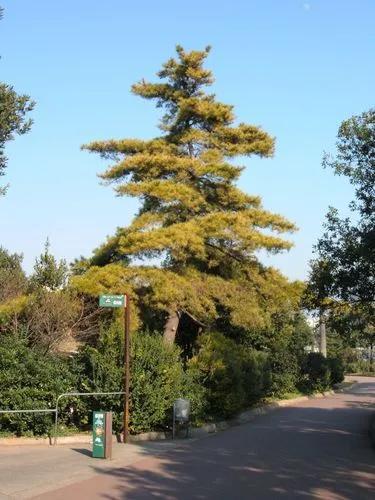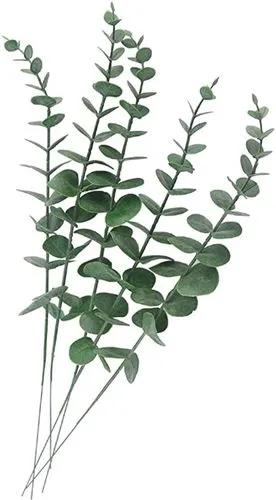a species of trees of the genus Maple (Acer) of the family Sapindaceae. Naturally grows in eastern China (from Shandong west to southeastern Gansu, south to Guangdong and southwest to Sichuan) and Taiwan.This deciduous tree reaches a height of 5–20 m with a trunk diameter of up to 50 cm. Opposing leaves, 2.5–8 cm long (without a 2–5 cm petiole) and 3.5–6.5 cm wide, hard, dark green, glossy above and paler below, usually with three lobes; in old trees, the leaves are elongated and with even edges, in young trees they are wider and serrate edge
Maple Three-Part Care
Acer Buergerianum



Flowers appear in spring, yellow-green, in a hanging panicle; small, with five greenish sepals and five yellow-green petals, about 2 mm long, with eight stamens. The fruit is a double lionfish with two seeds, each seed is 4-7 mm in diameter, with a 15 mm wing; the wings are elongated and often overlap.It is widely used in temperate regions as an ornamental plant. It was introduced in Japan for a long time, where its name is translated as "Chinese maple". Introduced in Europe and North America much later, in 1896, and now it is sometimes grown in parks and large gardens. Adult specimens can be found at Westonbirth Arboretum in England, Esveld Aceretum in Boskoop, The Netherlands, Arnold Arboretum in Boston, and many other places. The tripartite maple is a popular choice for bonsai construction and responds well to the use of leaf reduction and pruning techniques.
How to Care for the Plant

Popularity

221 people already have this plant 20 people have added this plant to their wishlists
Discover more plants with the list below
Popular articles






